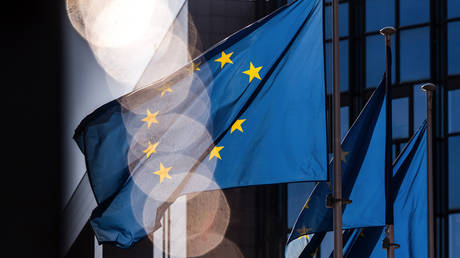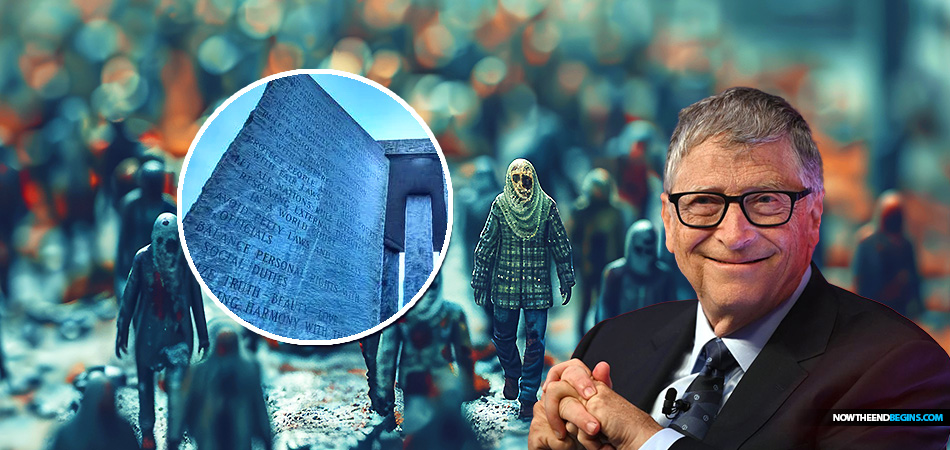Indigenous Peoples and the Global Indigenous Movement
This essay and the accompanying annotated bibliography seem to be a decent overview of the indigenous peoples’ rights movements around the world. I’d argue that support for indigenous movements is really the foundation of anti-imperialism because the expropriation of indigenous people is really how modern (and many pre-modern) systems of imperialism were initially developed. In fact, I’d say it’s the litmus test for the authenticity of anyone’s anti-imperialist credentials. If someone claims to be anti-imperialist but does not back indigenous peoples’ movements then what they really want is an imperial state of their own. An example includes Western “anti-imperialists” who do not back the Tibetans or Uyghurs against the Chinese state, or the Chechens against the Russian state, on the grounds that these nationalities are “reactionary” or whatever.
By Francesca Merlin
Indigenous” names an emergent, collective, globalizing and (increasingly) legally recognized sociopolitical identity, resulting from a social movement which became institutionalized from around 1980. Typically, those now termed “indigenous peoples” were formerly known by local, regional, or national category terms or ethnonyms applied to them by outsiders (e.g., “American Indians,” “Australian Aborigines,” Eskimo, or Aleuts), rather than by terms that they used among themselves. In many cases older terms have been replaced, also from ca. the 1980s by alternative terms emergent from social and political processes of liberalization within particular nation-states or regions (e.g., “First Nations,” “Native Americans,” Adivasi, or Inuit).
“Indigenous” is increasingly used of, and by, these peoples in reference to themselves and others, even where other local and regional designations persist. Though forms of the word have a long history, “indigeneity” is relatively recent in internationalist usage. This use grew in relation to a range of circumstances: the interaction of indigenous activism with developing global institutions; Third World decolonization and civil rights activism; political and economic conditions that prompted reorganization by (especially liberal-democratic but also other) states of entitlements to land and resources; and diffusion of measures implicating indigeneity across levels of state and corporate administration. Given indigenous globalization, some authors write of “becoming” indigenous.
The recency and selective participation of indigenous people and communities means that there is often a considerable gap between elite relationship to internationalist concepts and activism and more local forms of understanding on the part of indigenous people less engaged at that level. Some states continue to deny the applicability of “indigeneity” to their own situations, while affirming its relevance to states of settler colonial origin. Yet indigenous organizations are emerging even in such countries (e.g., Cambodia, Malaysia, Thailand, India).
The League of Nations and, later, the United Nations, have centrally hosted and promoted globalization of the indigenous category. Concern with those now considered to be “indigenous” took shape after World War I as a matter of labor conditions and human rights affecting “disadvantaged” peoples in “underdeveloped” countries. In the post–World War II period there was concern with “discrimination” against disadvantaged and “indigenous” peoples. In 1982, a Working Group on Indigenous Populations was created within the United Nations. The main product of the working group over twenty-five years was the formulation of the UN Declaration on the Rights of Indigenous Peoples (cited under United Nations as a Center of Indigenous Globalization), adopted by the General Assembly in 2007.



